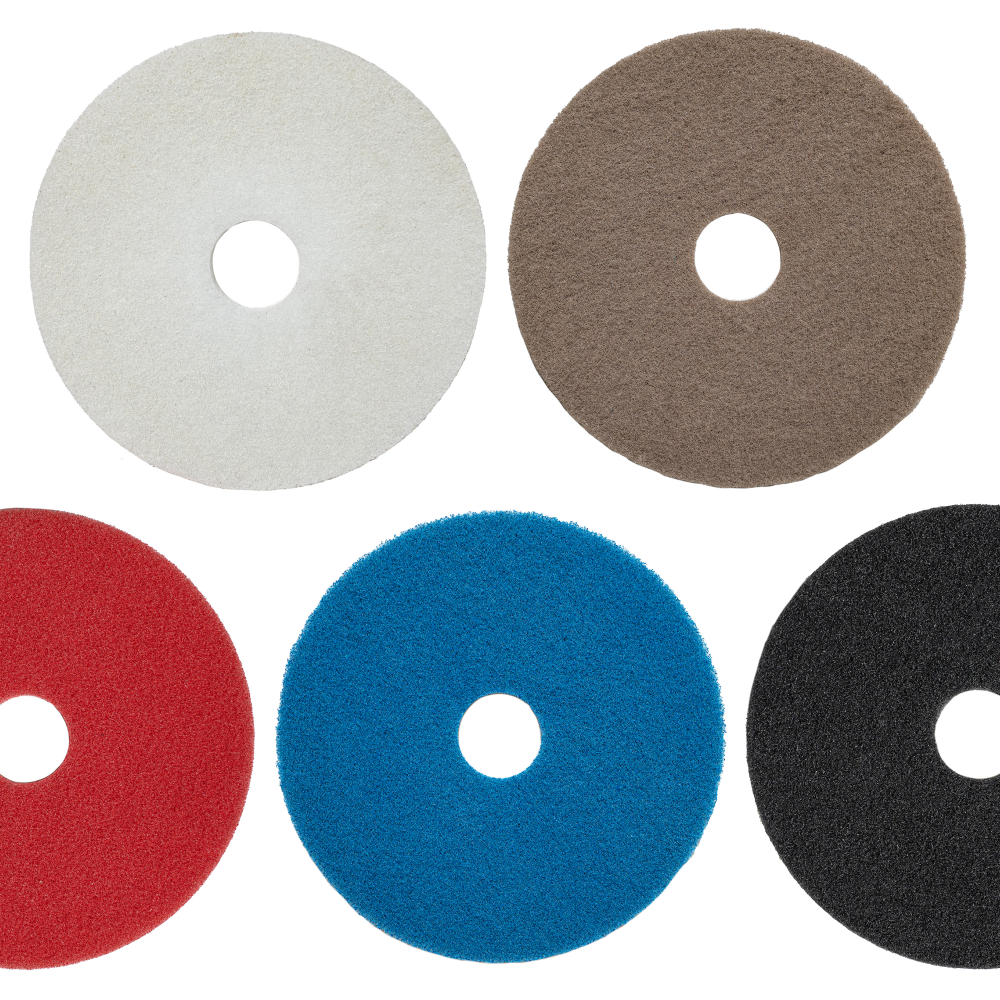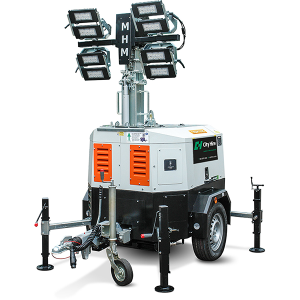
Handling heavy and large materials such as plasterboard and sheet materials presents significant challenges on construction sites. These materials are indispensable for various building tasks, yet their size and weight can pose substantial risks to both worker safety and project efficiency. At our construction tool and equipment hire company, we recognise the critical importance of reducing manual handling to mitigate these risks and improve overall productivity. This comprehensive guide explores strategies, tools, and best practices that can help minimise manual handling of plasterboard and sheet materials, ensuring safer and more efficient construction processes.
Understanding the Risks
Manual handling of heavy materials like plasterboard involves lifting, carrying, and positioning, which can lead to musculoskeletal disorders (MSDs), back injuries, and fatigue. The repetitive nature of these tasks further exacerbates the risk, contributing to long-term health issues among workers. According to the Health and Safety Executive (HSE), MSDs are a leading cause of work-related ill health in the construction industry. Therefore, reducing manual handling is not just about improving efficiency but also about safeguarding the well-being of construction workers.
The Role of Mechanical Aids
To address the challenges associated with manual handling, the use of mechanical aids and specialised equipment is paramount. These tools not only reduce physical strain on workers but also enhance precision and speed, leading to better project outcomes. Here are some essential tools and equipment that can significantly reduce manual handling of plasterboard and sheet materials:
Plasterboard Lifts and Hoists
Plasterboard Lifts: These devices are designed to lift and hold plasterboards in place, allowing workers to secure them without needing manual support. By using a plasterboard lift, workers can easily position boards on walls and ceilings, reducing the need for multiple workers and minimising the risk of injury.
- Features: Adjustable heights, stable base, easy mobility.
- Benefits: Increases productivity, reduces physical strain, enhances safety.
Hoists: Electric or manual hoists can be used to lift heavy sheet materials to various heights. This is particularly useful for multi-storey projects where transporting materials manually would be impractical and hazardous.
- Features: Electric/manual operation, robust lifting capacity, safety mechanisms.
- Benefits: Facilitates multi-storey work, improves efficiency, enhances worker safety.
Trolleys and Dollies
Panel Trolleys: These are specially designed to transport large sheet materials. They feature sturdy frames and large wheels, making it easy to manoeuvre plasterboards through tight spaces and across uneven surfaces.
- Features: Large wheels, durable frame, easy steering.
- Benefits: Reduces manual lifting, improves transportation efficiency, versatile use.
Dollies: Compact and easy to use, dollies are perfect for moving smaller quantities of plasterboard or sheet materials. They reduce the need for lifting and allow for smooth transportation.
- Features: Compact size, swivel wheels, high load capacity.
- Benefits: Easy to use, enhances manoeuvrability, reduces physical exertion.
Vacuum Lifting Devices
Vacuum Lifters: These devices use suction to grip and lift sheet materials. They can be attached to cranes or hoists, allowing for the safe and efficient lifting of heavy boards. Vacuum lifters are particularly useful for handling glass or other delicate sheet materials.
- Features: Powerful suction, adjustable settings, remote control operation.
- Benefits: Minimises damage risk, enhances precision, reduces manual handling.
Handling Aids
Board Carriers: Simple yet effective, board carriers enable workers to transport plasterboards with minimal effort. These devices distribute the weight evenly, reducing strain on the back and shoulders.
- Features: Ergonomic design, lightweight, durable.
- Benefits: Enhances worker comfort, reduces injury risk, improves efficiency.
Grip Handles: Attachable grip handles provide a better hold on sheet materials, making it easier to carry and position them without causing damage or injury.
- Features: Easy attachment, non-slip grip, adjustable size.
- Benefits: Improves handling safety, reduces material damage, enhances control.
Ergonomic Work Practices
In addition to mechanical aids, implementing ergonomic work practices is crucial in reducing manual handling risks. Training workers on proper lifting techniques, such as bending the knees and keeping the back straight, can prevent injuries. Encouraging team lifts for particularly heavy or awkward materials also distributes the load, reducing the strain on individual workers.
Proper Lifting Techniques
- Bend the Knees, Not the Back: Workers should always bend at the knees and not the waist to lift heavy objects. This technique helps to use the stronger leg muscles instead of the weaker back muscles.
- Keep the Load Close: Keeping the load close to the body reduces the strain on the back and arms.
- Avoid Twisting: Workers should avoid twisting their bodies while carrying heavy loads. Instead, they should turn their whole body by moving their feet.
Team Lifting
- Divide the Load: For particularly heavy or large materials, it’s beneficial to have multiple workers share the load. This practice distributes the weight and reduces the risk of injury.
- Synchronised Movements: Workers should coordinate their movements to lift and move materials together, ensuring that the load remains balanced and stable.
Technological Innovations
Advancements in technology are continually providing new solutions to minimise manual handling in construction. Automated and robotic systems are being developed to handle sheet materials, further reducing the need for manual labour. For instance, robotic arms can precisely position plasterboards, ensuring consistent quality and reducing the risk of human error.
Robotic Arms
- Precision Positioning: Robotic arms can handle and position materials with high precision, ensuring that plasterboards are correctly placed without manual adjustment.
- Consistent Quality: Automation reduces human error, leading to more consistent and higher quality work.
Automated Storage and Retrieval Systems (ASRS)
- Efficient Material Handling: ASRS can automatically store and retrieve sheet materials, reducing the need for manual handling and speeding up the construction process.
- Space Utilisation: These systems optimise space usage, allowing for better organisation and quicker access to materials.
The Importance of Proper Planning
Effective planning is key to reducing manual handling. By organising the delivery and storage of materials close to their point of use, the need for unnecessary movement is minimised. Additionally, scheduling tasks to avoid peak times can reduce the pressure on workers and allow for more careful handling of materials.
Material Storage
- Proximity to Use: Storing materials close to their intended use area reduces the distance they need to be moved, thereby reducing manual handling.
- Organised Storage: Keeping materials organised and easily accessible helps workers retrieve them without unnecessary movement or effort.
Task Scheduling
- Avoiding Peak Times: Planning tasks to avoid the busiest times on site can help reduce congestion and the risk of accidents during material handling.
- Efficient Workflow: Scheduling tasks in a logical sequence ensures that materials are handled as few times as possible, improving efficiency.
Training and Education
Educating workers on the risks associated with manual handling and the proper use of mechanical aids is essential. Regular training sessions can reinforce safe practices and ensure that workers are comfortable using the available equipment. Providing easy access to user manuals and safety guidelines can further support the safe use of mechanical aids.
Regular Training Sessions
- Safety Protocols: Regularly training workers on safety protocols helps reinforce good practices and reduces the risk of accidents.
- Equipment Usage: Training on the proper use of mechanical aids ensures that workers can use these tools effectively and safely.
Accessible Resources
- User Manuals: Providing easy access to user manuals and safety guidelines helps workers understand how to use equipment correctly.
- Safety Guidelines: Displaying safety guidelines prominently on-site serves as a constant reminder of best practices.
Benefits of Reducing Manual Handling on Site
- Enhanced Safety: Minimising manual handling reduces the risk of injuries, leading to a safer work environment. This is particularly important in preventing MSDs, which are prevalent in the construction industry.
- Increased Productivity: With mechanical aids and ergonomic practices, workers can complete tasks more efficiently and with less fatigue. This boosts overall productivity and allows projects to stay on schedule.
- Improved Morale: A safer and more efficient work environment boosts worker morale. Employees are more likely to feel valued and motivated when their health and safety are prioritised.
- Cost Savings: Reducing injuries and improving efficiency can lead to significant cost savings. Lower medical expenses, reduced downtime, and fewer compensation claims contribute to a healthier bottom line.
- Higher Quality Work: Mechanical aids and proper handling techniques ensure that materials are positioned accurately, leading to higher quality work and fewer mistakes.
Conclusion
Reducing the manual handling of plasterboard and sheet materials is a critical aspect of modern construction practices. By leveraging mechanical aids, adopting ergonomic work practices, embracing technological innovations, and prioritising proper planning and training, construction companies can enhance both safety and efficiency on-site. At our construction tool and equipment hire company, we are committed to providing the latest solutions to support these efforts. Our range of specialised equipment is designed to make your construction projects safer, faster, and more productive, ensuring the well-being of your workforce and the success of your endeavours.
By integrating these practices and tools into your construction processes, you can significantly reduce the risks associated with manual handling, leading to a safer, more efficient, and ultimately more successful construction project.









